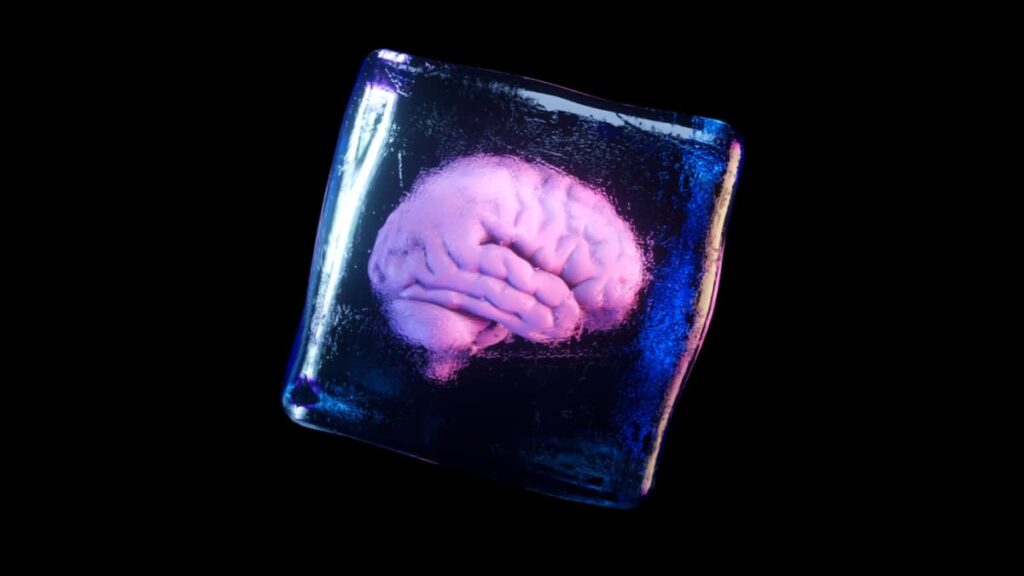Methamphetamine (“ice”) use is a major public health issue in Australia – the most recent large-scale survey, in 2019, estimates more than 1.3 million people older than the age of 14 had used some form of it in their lifetime.
It’s also important to note that use of methamphetamine is generally higher in rural parts of Australia than in metropolitan cities.
Then, if we look at mental health, and the link between the two, we find that 13% of Australians have an anxiety disorder, and 10% have symptoms of depression. These disorders commonly co-occur, and the risks for experiencing either disorder are very similar.
The third-most common mental health disorder in Australia is substance use conditions, and commonly co-occur with anxiety and depression.
But much of the research regarding methamphetamine use and mental health outcomes has focused on the risk of experiencing psychosis, and experimental studies have shown “ice” can induce psychosis.
The evidence regarding depression and anxiety and methamphetamine use is much less conclusive, although previous data, including from the Australian Institute of Health and Welfare (AIHW) report cited above, suggests rates of depression and anxiety occur more frequently in methamphetamine users than in the general population in Australia.
Additionally, a systematic review, led by Rebecca McKetin of the Centre for Mental Health research at the Australian National University, found evidence of an association between methamphetamine use and depression, but no evidence of a link with anxiety disorders.
The most commonly reported form of methamphetamine used in Australia is the crystal form – ice – which is usually ingested through smoking. The social costs of methamphetamine use in Australia are overwhelmingly linked to crime, including policing and the justice system. The estimated costs of premature mortality and workplace impacts are also high.
413 total views, 3 views today

